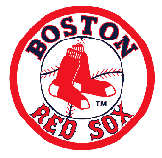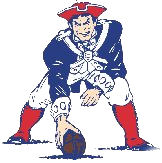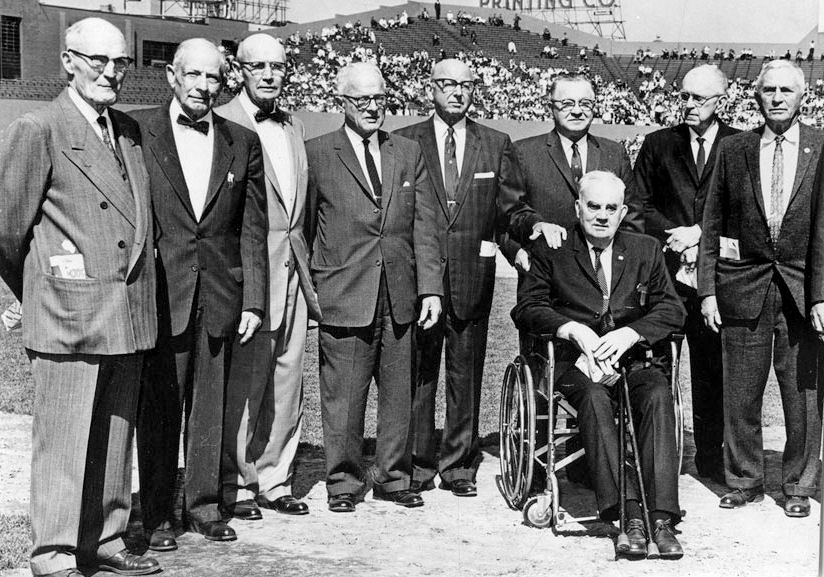 |
|
 |
||||||||||
 |
|
The 1912 Red Sox come
back to celebrate |
ON THIS DATE (April 21, 1962) ... Memories came alive this afternoon when members of the 1912 World Champion Red Sox returned to celebrate the golden anniversary of Fenway Park. The ballpark opened officially on April 20, 1912 when Mayor John F Fitzgerald threw out the first ball. Thomas J O'Brien, the nine-year-old grandson of Buck O'Brien assisted Mayor Collins in getting the proceedings underway. Some of the 1912 contingent who were on hand, where Duffy Lewis, Harry Hooper and Smoky Joe Wood. Hooper, who will be 75 in August, along with the late Hall of Famer Tris Speaker, and Duffy Lewis composed probably the greatest outfield of all time. He started with the Red Sox in 1909 and was the regular right fielder for 12 seasons. Lewis is no stranger to Boston. He retired from baseball last fall after serving as coach and traveling secretary of the Braves was for three decades. He played for the Sox for nine years starting in 1910 and was proficient in left field at a Fenway Park that had a hill known as "Duffy's Cliff". Joe Wood's return was especially significant because it was in 1912 that he won 34 games and lost only five, including an American League record equaling 16 straight wins. Walter Johnson had performed the same feat earlier in the season. Among other Red Sox records are Wood's 258 strikeouts in 1912 and 10 shutouts. His mark of 15 strikeouts in a game was broken last season by Bill Monbouquette, who fanned 17 members of the Washington Senators. After the game between the Red Sox and the Tigers, the "Old-Timers" were honored at a private dinner given by the Red Sox. When asked how owner John I Taylor signed all of the players, Harry Hooper replied "I was playing for Sacramento. Our catcher and manager, Charlie Graham, was a Red Sox scout. Near the end of the 1908 season, he asked me if I would like a trip East? I thought he meant a free trip after the season. Then Mr. Taylor came out to California and signed me." Said Duffy Lewis "That's right. He came all the way out to California when he signed us." Taylor was a well-to-do sportsman and in the few years he own the team he assembled the most exciting dramatic ball club in the history of the Red Sox. In 1912, the year after James McAleer succeeded him as president of the club, they won the championship. "I was always sorry that we didn't win a pennant for John. He was a grand man" said Hooper. "When Charlie Graham set up my appointment with Taylor, I asked him what they paid in the big leagues. He said $2100, but I might get it up as high as $2400. But you better ask him for 2800." added Hooper. "So I asked him for $3000. He said I was going to give you $2400, so let's split the difference and I'll give you $2800. Steve Yerkes the secondbaseman on the 1912 Sox recalled how under McAleer, five hits earned him $900. "My first full season in Boston, 1911, I hit the average I had previous year in the minors .279. McAleer took over the club that winter and he was tough. I had been getting $2100 and I expected a raise. I'd won a regular job on a good major league club and a .279 batting average in those days was pretty good. But McAleer pointed out a lot of shortcomings in my ball playing. I didn't agree with him, but I signed again for $2100." "We opened against the Highlanders and Jack Quinn, the spitballer, was pitching. I got five hits, popped out once, and fanned once. At the end of the game, remember it was only the first game of the season, McAleer came down to the edge of the stands and said that he was impressed that I could hit a spitballer and he changed my contract from $2100-$3000. He gave me $500 more at midseason and another $500 with my World Series money. I was lucky to get those five hits at the right time." When Joe Wood was asked how he hurt his arm he said, "I don't know. The following year, 1913, we were playing in Detroit on a wet field. I ran down to up third-base line to field a bunt. I slipped and fell and broke the thumb of my pitching hand." "The club wasn't doing well and Jake Stahl (the manager) was eager to get us going. So I came back and pitched pretty soon after breaking the thumb. That might have started it." Said Larry Gardner, "Do you remember a play in the final game of the 1912 World Series?" "Chief Myers hit a smash back to the box that you got in the bare hand. You retrieved the ball and threw him out. But that might have done you some damage". Wood's pitching record over the next three years was 11-5, 9-3, and 14-15. Said Wood "I went to Bonesetter Reese. I did everything, but I couldn't cure it. I know now that I have a calcium deposit in my shoulder. I can still feel it. I can't put a board up against the wall and swing a hammer at it more than a couple of times. Maybe with what they know now, cortisone and such, they could have cured it." Wood, Yerkes and Gardner all felt that Harry Hooper was a man who should be in the Hall of Fame. The Hall of Fame acquired a bat from Hooper, the one with which he hit two home runs in the final game of the 1915 World Series with the Phillies. |
|
|

.jpg)